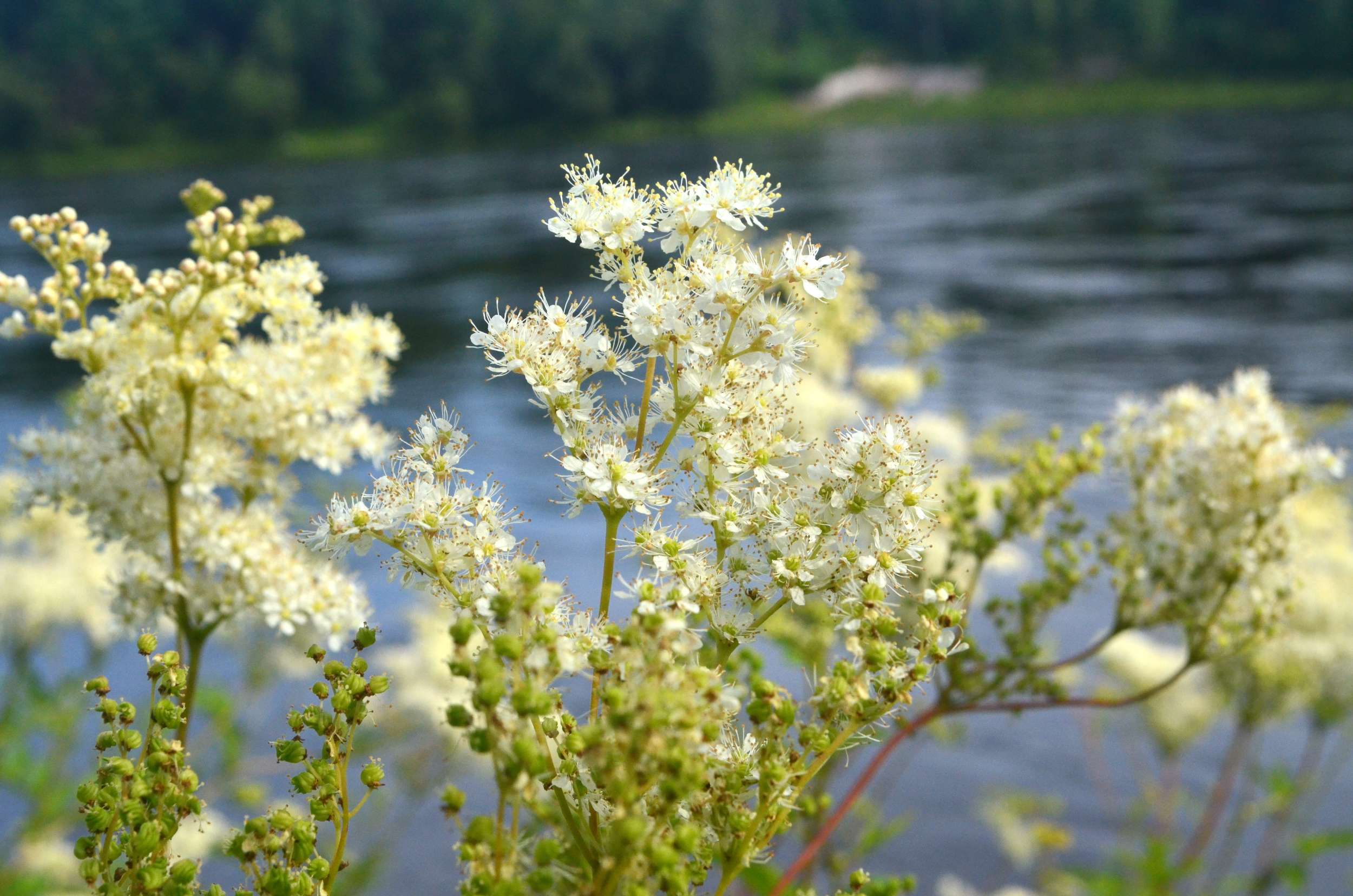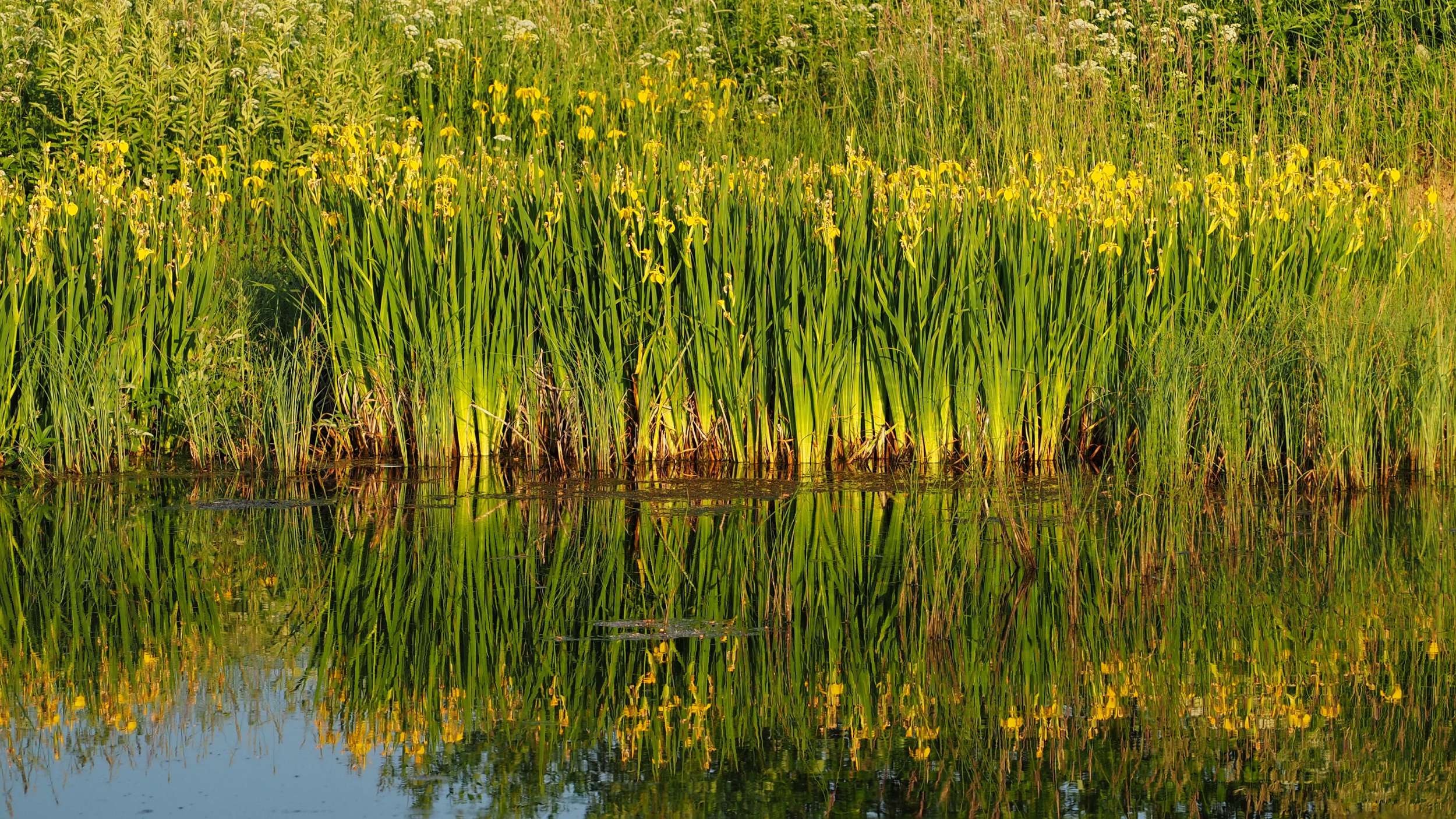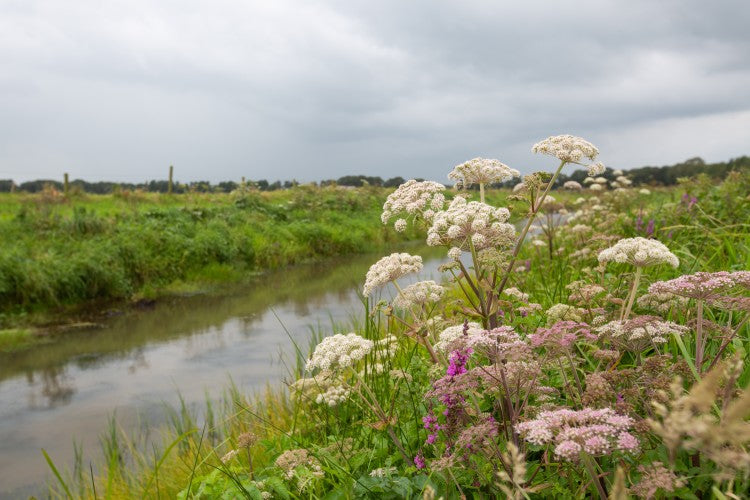Description
The wetland & pond edge wildflower mix is ideal for soils which remain damp for prolonged periods of time. Sowing wildflowers around a pond edge provides an natural looking and attractive habitat which is good for wildlife. Sowing wildflowers around a pond edge also helps to provide a buffer zone around the pond which contributes to improving water quality. The mix can also be used in other areas which have poor drainage and therefore remain damp for prolonged periods of time.
*Please Note: The contents of our wildflower mixtures will vary according to seed and species availability.
Product Summary
| Type of Mix | Main Flowering Period | Sowing Rate | Bag Weight | Bag Coverage |
|---|---|---|---|---|
| 20% wildflower & 80% grass | June - September | 5 g/m2 | 1 kg | 200 m2 |
Mixture
The Wetland & Pond Edge Wildflower Mix contains 20% native wildflower seeds and 80% slow growing grasses.
Wildflowers
| Scientific Name | Common Name | 80/20 mix |
|---|---|---|
| Achillea ptarmica | Sneezewort | 0.6% |
| Angelica sylvestris | Angelica | 1.6% |
| Carex pendula | Pendulous sedge | 0.8% |
| Eupatorium cannabinum | Hemp agrimony | 0.2% |
| Filipendula ulmaria | Meadowsweet | 1.4% |
| Galium album | Hedge bedstraw | 1.2% |
| Galium verum | Lady's bedstraw | 1.2% |
| Geum rivale | Water avens | 0.6% |
| Hypericum tetrapterum | Square-stalked St John's wort | 0.4% |
| Iris pseudacorus | Yellow flag iris | 2.0% |
| Juncus effusus | Soft rush | 0.6% |
| Juncus inflexus | Hard rush | 0.6% |
| Lotus pedunculatus | Greater birdsfoot trefoil | 0.8% |
| Lycopus europaeus | Gypsywort | 0.4% |
| Lythrum salicaria | Purple loosestrife | 0.4% |
| Prunella vulgaris | Selfheal | 1.6% |
| Ranunculous acris | Meadow buttercup | 1.6% |
| Scrophularia nodosa | Figwort | 0.2% |
| Silene dioica | Red campion | 1.4% |
| Silene flos-cuculi | Ragged robin | 0.8% |
| Succisa pratensis | Devil's-bit scabious | 0.8% |
| Vicia cracca | Tufted vetch | 0.6% |
Grasses
| Scientific Name | Common Name | 80/20 mix |
|---|---|---|
| Agrostis capillaris | Creeping bent | 3% |
| Alopecurus pratensis | Meadow foxtail | 2% |
| Anthoxanthum odoratum | Sweet vernal grass | 1% |
| Cynosaurus cristatus | Crested dogstail | 16% |
| Deschampsia cespitosa | Tufted hair-grass | 4% |
| Festuca rubra ssp commutata | Chewings fescue | 19% |
| Festuca rubra ssp litoralis | Slender creeping red fescue | 16% |
| Phleum pratense | Timothy | 8% |
| Poa pratensis | Smooth meadow grass | 6% |
| Poa trivialis | Rough meadow grass | 4% |
Application Recommendations
Where to use
The Wetlands & Pond Edge Wildflower Mix is suited to poorly drained soils which remain damp for prolonged periods of time.
| Soil pH | Soil Types | Soil Fertility | Topography | Soil moisture |
|---|---|---|---|---|
| 5.5 - 7.5 | Any | Low nutrient | Upland Lowland |
Poorly drained |
When to use
In general, the best time for sowing perennial wildflower seeds is late summer/autumn (late August-October) when there is likely to be consistent moisture and warmth without extremes of cold or dry. Spring (late March-May) is usually considered the next best time to sow perennial wildflower seed, particularly if the ground is likely to be waterlogged over the winter.
| Application Window | |||||||||||
|---|---|---|---|---|---|---|---|---|---|---|---|
| Jan | Feb | Mar | Apr | May | Jun | Jul | Aug | Sep | Oct | Nov | Dec |
How to use
| Prepare the ground | |
|---|---|
| New Seed Bed | Overseeding |
| Remove unwanted vegetation Cultivate the soil to a depth of 150 mm removing the stones and debris Level, then firm the seedbed Rake the surface to product a fine tilth |
Cut the grass short as possible and remove the clippings Remove excess thatch to allow the seed to reach the soil surface If compacted, aerate the soil |
| Provide water | |
| If there has been little rainfall irrigate gently and slowly to fully wet through the soil profile | |
| Sow seed | |
| Sow seeds evenly using the correct sowing rate for the seed mix Because sowing rates for wildflower seed are low, it is usually helpful to mix the seed with a carrier material such as slightly damp sand Press the seeds into the soil using a roller or the back of a rake to ensure good seed to soil contact |
|
| Provide water | |
| Keep the soil surface moist but not wet until the seeds have germinated AND established Irrigate slowly and gently to avoid disturbing the seeds |
|
Management & aftercare
Livestock grazing
Grazing with livestock is an effective method of managing wildflower meadows and grasslands because it creates uneven growth and distribution of species which leads to habitat niches. Grazing is also a good option in areas where it is difficult to utilise machinery, perhaps because it is too wet or because the ground is too rough.
| Suggested grazing regime | |||||||||||
|---|---|---|---|---|---|---|---|---|---|---|---|
| Jan | Feb | Mar | Apr | May | Jun | Jul | Aug | Sep | Oct | Nov | Dec |
| Graze if ground conditions allow | Remove livestock to allow the plants to flower | Graze with between 0.4-1 LU/ha | |||||||||
Mowing
Mowing and removing the clippings can be used to replicate the process of hay cutting and grazing. It is important to remove clippings to avoid nutrients being returned to the soil. Soils for wildflowers are usually low in nutrients to encourage species diversity.
| Suggested mowing regime | |||||||||||
|---|---|---|---|---|---|---|---|---|---|---|---|
| Jan | Feb | Mar | Apr | May | Jun | Jul | Aug | Sep | Oct | Nov | Dec |
| Leave uncut unless growth is vigorous | Cut and collect clippings | Allow to flower and seed | Cut and collect clippings | Leave uncut unless growth is vigorous | |||||||
For further information regarding the Wetland and Pond Edge Wildflower Mix or to discuss placing a bulk order, please contact our technical sales team on 01952 897917.
Find more information in our guide How To Create and Maintain Wildflower and Ornamental Flowering Meadows






